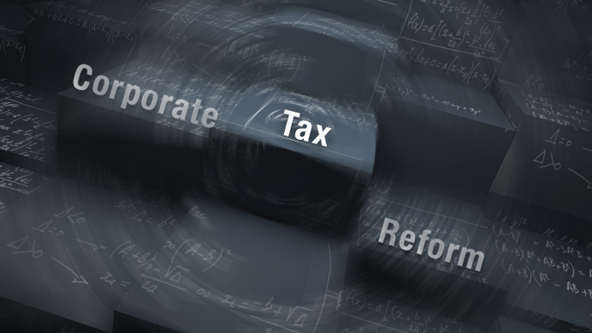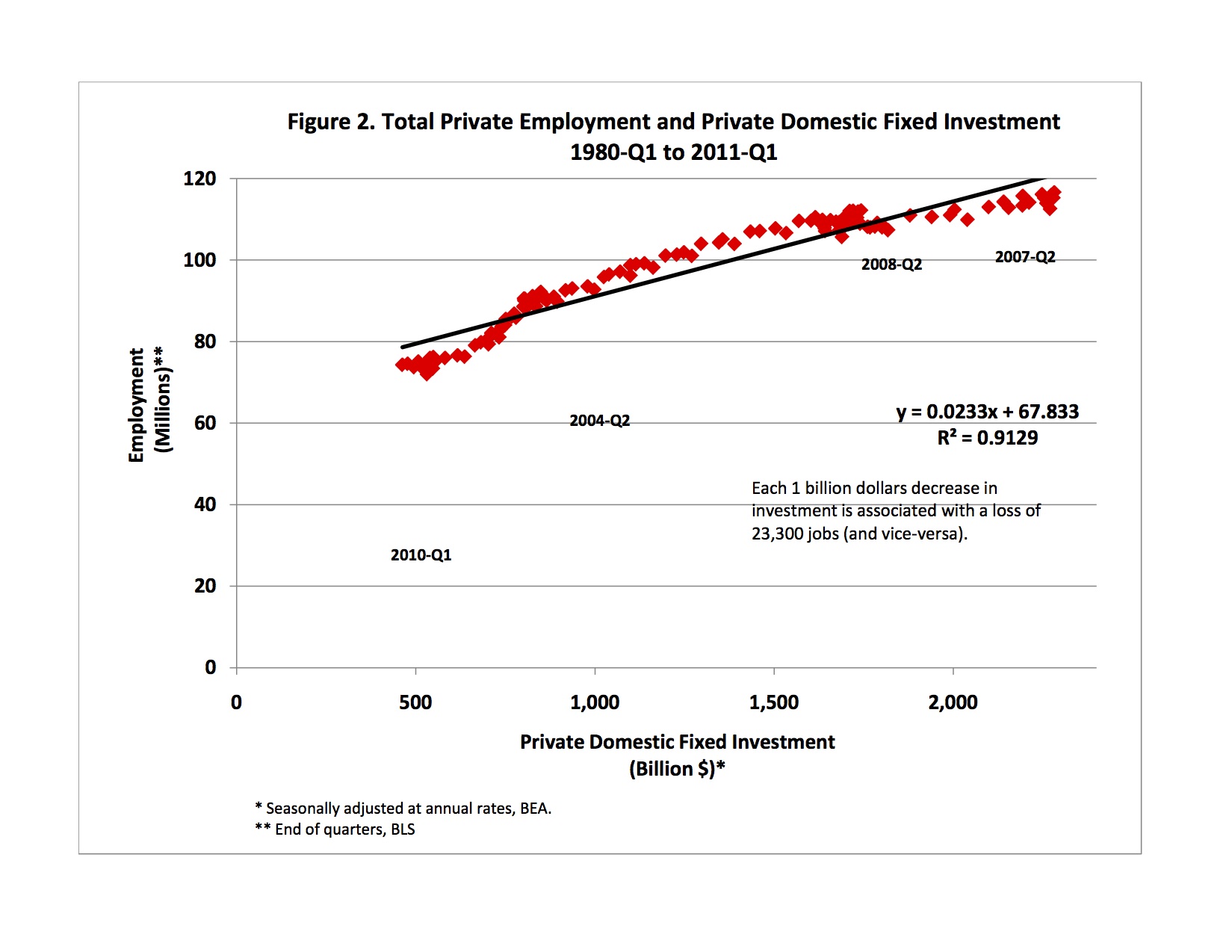See my thoughts on the economic impact of Swiss nuclear phaseout in today’s Wall Street Journal. Nuclear Exit Comes With Costs Switzerland’s Reliance on Reactors Means Switch to Other Sources Will Be Expensive By GORAN MIJUK ZURICH—Going green isn’t cheap, as Switzerland is about to discover. Earlier this year, in the wake of the meltdown at the Fukushima nuclear plant in Japan in March, the Swiss government and parliament decided to get out of nuclear-power generation by 2034. Switzerland has been a net exporter of electricity during the past few decades, profiting from the production of cheap nuclear energy and huge hydropower reserves. This has helped it build a strong machinery and engineering industry, nursing industry giants such as ABB Ltd and Sulzer AG, which benefited from stable and reliable electricity supplies. But since the country’s five nuclear-power plants generate about 40% of its electricity, the switch-over to other forms of power generation is going to be costly. “According to our initial estimates, we expect investments of some 100 billion Swiss francs ($108 billion) to replace the reactors,” says Sabine von Stockar from Energiestiftung Schweiz, a renewable-energy think tank. This, Ms. von Stockar says, doesn’t include the cost of dismantling the plants,…
Continue reading









